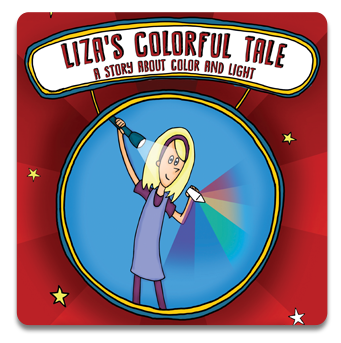Introduction
Colors can be very cool! Mix colors to create an ice sculpture.
Objectives
To demonstrate how primary, secondary, and tertiary colors are created and to demonstrate how salt lowers the freezing temperature of water and melts ice
Materials
Procedure
Fill three cups three-fourths full of water. Add enough red food coloring to the first cup to get a vibrant red. Repeat this procedure with the yellow and blue food coloring in the second and third cups. Liquid watercolors will create more vibrant colors. Stir the color mixtures until blended. Place the large ice cubes or ice block in the bowl. Cover the ice with salt (exact measurement is not necessary). Use the pipette to drip colors onto the ice. Be generous with the colors.
Conclusion
The salt will help melt the ice because it lowers the freezing temperature of water. (Ice is coated with a thin film of water.) The melting ice creates crevices and tunnels in the ice block. The colors seep down into the ice tunnels and blend. Secondary colors can be created by mixing red and yellow (orange), blue and yellow (green), and red and blue (purple).Tertiary colors are created by mixing primary and secondary colors or two secondary colors. There are six tertiary colors; red-orange, yellow-orange, yellow-green, blue-green, blue-violet, and red violet. Have fun experimenting with the colors while creating a beautiful ice sculpture!

